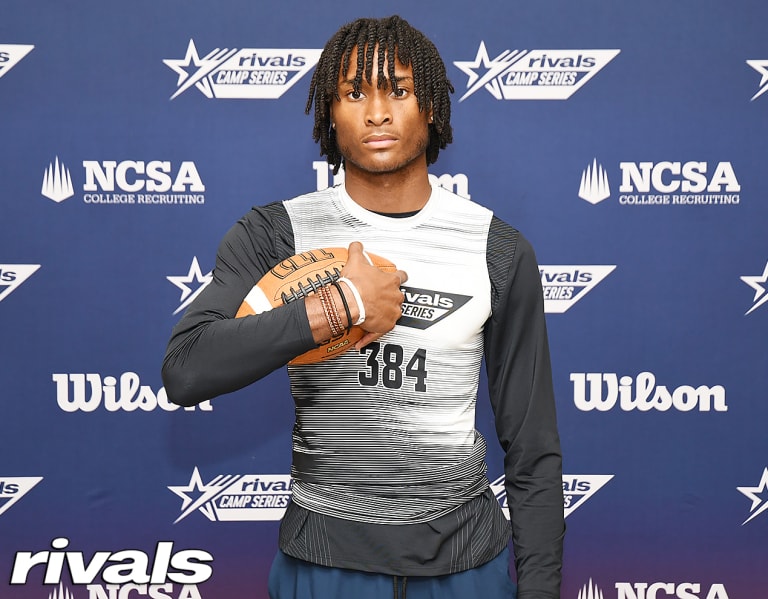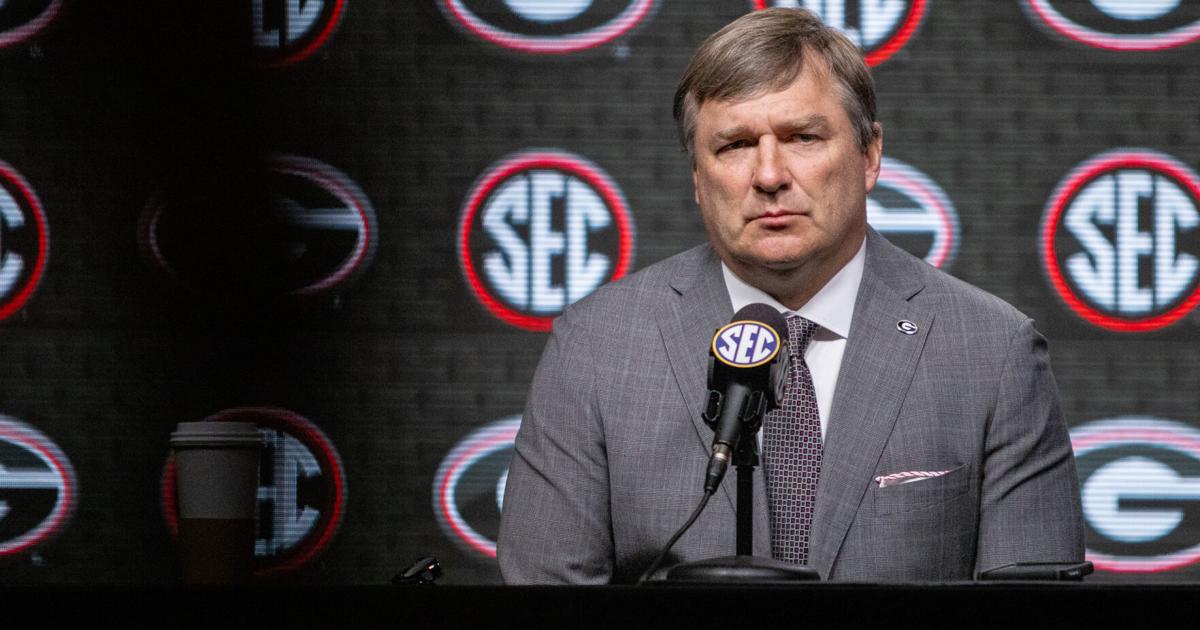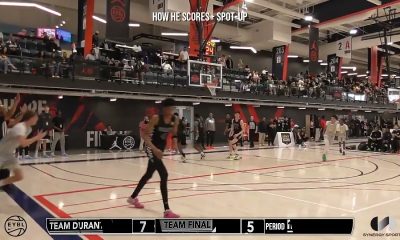Reprinted with permission from the July 9, 2024 edition of The Legal Intelligencer. © 2025 ALM Global Properties, LLC. All rights reserved. Further duplication without permission is prohibited, contact 877-256-2472 or asset-and-logo-licensing@alm.com.
On June 6, 2025, U.S. District Judge Claudia Wilken approved a settlement allowing NCAA schools to pay student-athletes in an agreement now simply known as The House Settlement. The House Settlement directly resolved outstanding antitrust lawsuits arising out the NCAA’s compensation system for the use of a student athlete’s name, image and likeness (“NIL”) by universities and colleges, namely House v. NCAA, Hubbard v. NCAA and Carter v. NCAA.
The first of these actions, House v. NCAA, filed in the United States District Court for the Northern District of California in 2021, was brought by Grant House (yes, this is a person, not the House of Representatives), a swimmer at Arizona State University and Sedona Prince, a basketball player at the University of Oregon and later Texas Christian University, who were pursuing these claims on behalf of a class of student-athletes. Grant House and Sedona Prince v. National Collegiate Athletic Association, 545 F. Supp. 3d 804 (2021). The plaintiffs challenged the existing NCAA rules limiting NIL earnings, in violation of the Sherman Antitrust Act, as well as unjust enrichment by the schools and NCAA.
The next lawsuit, filed in the same federal court, was brought by Chuba Hubbard, a former football player at Oklahoma State University, and Keira McCarrell, a former member of the track and field teams at both the University of Oregon and later Auburn University. Hubbard v. National Collegiate Athletic Association, No. 4:23-cv-01593 (N.D. Cal. filed Apr. 4, 2023). The plaintiffs here alleged violations by the NCAA and member institutions under Section 1 of the Sherman Act (15 U.S.C. Section 1) and Section 4 of the Clayton Act (15 U.S.C. Section 4), related to failure to pay past education related benefits, which have come to be called “Alston Awards.” In Alston, the United States Supreme Court found that the NCAA and member institutions had violated the Sherman Act in restricting the student-athletes ability to receive additional education related benefits. National Collegiate Athletic Association v. Alston, 594 U.S. 69 (2021). Those financial benefits included benefits for academic achievement and related educational expenses, which are not related to athletic performance but instead to academic matters, such as tuition, fees, books, supplies, and other educational items. SCOTUS made such academic achievement benefits permissible to student-athletes, up to $5,980 per year.
The third in the trio of House Settlement lawsuits filed in the Northern District of California was Carter v. NCAA. The plaintiffs, DeWayne Carter, a football player at Duke, Nya Harrison, a soccer player at Stanford, and Sedona Prince, who was also a plaintiff in the House v. NCAA lawsuit, challenged the NCAA and member institutions’ restrictions on pay for play, e.g. direct compensation for athletic performance and service. Carter v. National Collegiate Athletic Association, No. 4:23-cv-06325 (N.D. Cal. filed Dec. 7, 2023).
In light of the commonality of the House, Carter and Hubbard actions, in challenging NCAA rules regarding compensation and NIL, the district court consolidated the three actions, and the parties have since entered into the House Settlement.
So, what is the House Settlement and what are the terms of the settlement? The House Settlement addressed some, but not all, past grievances, as well as established a framework of rules and procedures going forward to compensate student-athletes. With regard to past wrongs, the NCAA and college athletic departments have agreed to pay $2.8 billion for what it referred to as “back-pay” for student-athletes who competed beginning in 2016 through the date the court approved the settlement. The lion’s share of the payments will go to student-athletes who competed in football and basketball, but the House Settlement also allows for a share to go to other student-athletes in other sports.
While the House Settlement addresses some, but clearly not all, of the sins of the past, the crux of the settlement is how it changes college athletics going forward. For the first time, revenue earned through college athletics will be shared between schools and the student-athletes, with a salary cap of $20.5 million in year one and increasing each year over the next ten years. Schools will also have roster caps per sport. For example, football teams will be allowed 105 roster spots and men’s and women’s basketball will be allowed 15, while other sports will have their own roster limits.
Schools have the option to opt in or out of these rules, but if they opt in, they must follow the guidelines imposed by the House Settlement. These schools are also governed by the newly formed College Sports Commission (“CSC”), which will be aided by Deloitte, using a clearinghouse called NIL Go. Colleges that opt in to the settlement are required to report every NIL deal between a student athlete and a third party that exceeds $600 to determine whether the deal equates to “fair market value.”
So, you might say to yourself the House Settlement resolved all the issues in college sports, NIL and compensation, but not by a longshot. The House Settlement only resolved the three lawsuits…House, Hubbard and Carter. As Seth Waxman, an attorney who argued the Alston case warned SCOTUS, failing to preserve amateurism in college athletics would result in “perpetual litigation and judicial superintendence.”
Most recently, student-athletes have sought to do away with the NCAA limit on years of eligibility. In the United States District Court for the District of Kansas, Cary Arbolida, a college baseball player, initiated suit to extend his college baseball tenure. Arbolida v. National Collegiate Athletic Association, No. 2:25-cv-02079 (D. Kan. filed Feb. 14, 2025). Arbolida played for three years at a junior college (one of which was cut short by Covid), followed by two years at the University of Houston. Arbolida subsequently transferred to Kansas State University and sought an injunction related to eligibility, which would have permitted him an additional two years of eligibility. Arbolida contended that these eligibility rules prohibited his ability to earn compensation, including NIL related earnings. The court denied the request for injunctive relief, after which Arbolida voluntarily dismissed his lawsuit.
At the same time as Arbolida, another college baseball player, Alberto Osuna Sanchez, at the University of Tennessee, filed an action in the United States District Court for the Eastern District of Tennessee, against the NCAA seeking an additional year of eligibility. Alberto Osuna Sanchez v. National Collegiate Athletic Association, No. 3:25-cv-00062 (E.D. Tenn. filed Feb. 12, 2025). Similar to Arbolida, Osuna first played baseball at a junior college. As such, he too sought additional eligibility, claiming that his junior college tenure should not bar him from eligibility for additional time at the Division 1 level. And, consistent with the Arbolida court, the Osuna court denied injunctive relief.
However, as has been the problematic case with college athletics litigation (and state by state legislation), not all courts across the country have been consistent. In fact, in April 2025, the United States District Court for the District of New Jersey granted a preliminary injunction in favor of Jett Elad, a football player for Rutgers University, and thus enjoined the NCAA from enforcing the junior college rule regarding eligibility. Elad v. National Collegiate Athletic Association, No. 3:25-cv-01981 (D.N.J. April 25, 2025). The NCAA has filed a motion to stay this ruling pending determination on appeal, which as of the date of this article has yet to be decided.
This is but one of the many avenues of litigation that remain despite the ambitious intent of the House Settlement. College athletics needs to pursue a better path forward for its student-athletes and academic institutions. This will require all parties to be more proactive, instead of waiting for courts to issue rulings and legislatures to act. As we have seen, court rulings are inconsistent from state to state. More troubling, state legislatures are considering their own actions, often only considering the best interests of their own state institutions and student-athletes, to the detriment of national consistency, fair competition and an even playing field. As just one example, Tennessee’s governor, on May 1, 2025 (just one month before the House Settlement was approved), signed into law an expansion of Tennessee’s existing “Intercollegiate Name, Image and Likeness Law.” State of Tennessee (SB536/HB194). The law prohibits any limits on NIL compensation unless certain conditions are met, such as a court order or a federal law expressly prohibiting or limiting such limitations, and even attempts to provide immunity to Tennessee academic institutions and NIL collectives. If academic institutions, their governing bodies and the student-athletes don’t take this bull by the horns, we will continue to exist in a state of perpetual litigation.























































